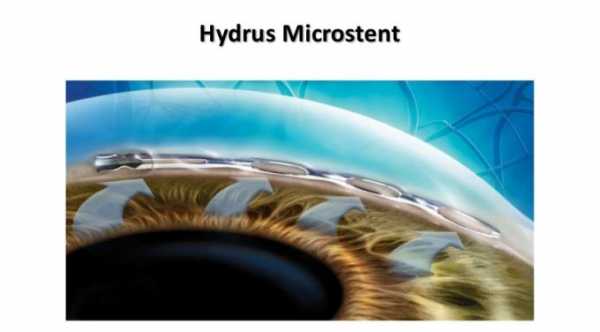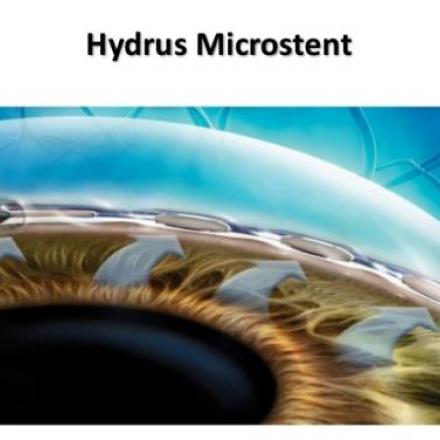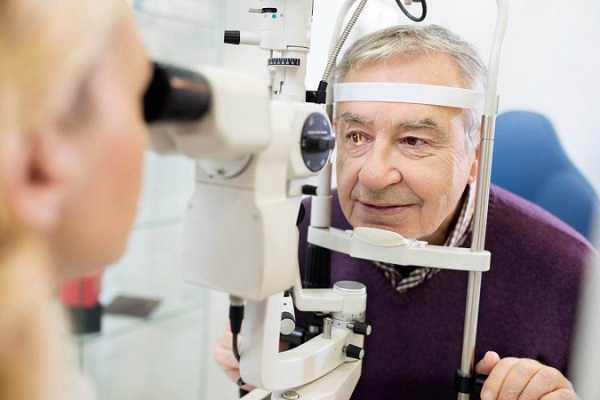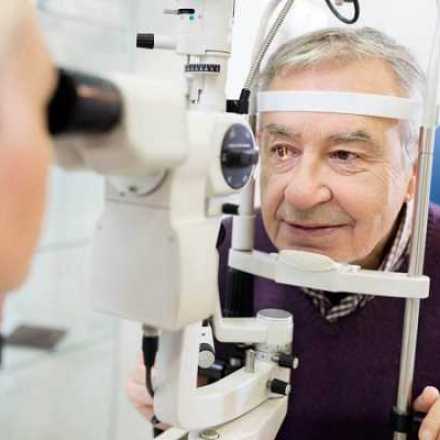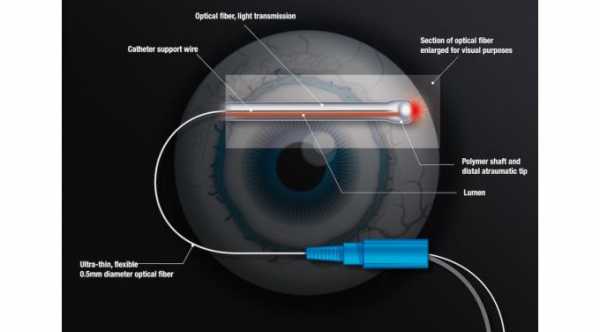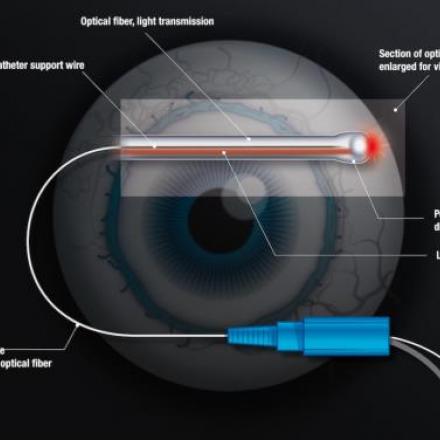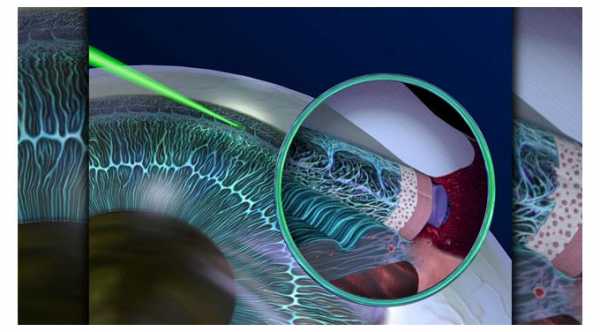
Glaucoma Laser Treatment (Laser Trabeculoplasty)
Laser Trabeculoplasty is treatment of the trabecular meshwork by laser in order to enhance the outflow of the aqueous humor from the eye. This type of procedure is used to lower the intraocular pressure in patients with glaucoma.
Laser treatment for glaucoma is an outpatient procedure that can be done under topical anesthesia.
There are two types of Laser Trabeculoplasty, Argon Laser Trabeculoplasty (ALT) and Selective Laser Trabeculoplasty (SLT).
In ALT, the laser that is used is called Argon Laser which produce thermal damage to the cells while in SLT, the laser that is used is called Double frequency Neodymium: yttrium-aluminum-garnet(Nd:YAG) which produce non thermal damage to pigmented cells and preserve the architecture of the treated tissue.
SLT has some advantages over ALT. First of all, it won’t change the normal architecture of the trabecular meshwork because it damaged selected pigmented cells while preserve other cells. The second thing, SLT can be repeated while ALT can not.
ALT reduces intraocular pressure by:
1- Tightening of treated trabecular meshwork and opening of the adjacent non treated part.
2- Opening of the collapsed Schlemm Canal.
3- Release of certain factors such as cytokines. These factors help to open the meshwork and enhance trabecular cells and macrophages to clear the debris within the trabeculum.
SLT reduces intraocular pressure by:
Releasing cytokines and other biological factors.
Indications of Glaucoma Laser Treatment
Laser Trabeculoplasty is indicated in:
1- Open Angle Glaucoma.
2- Low Tension Glaucoma.
3- Pigmentary Glaucoma.
4- Pseudoexfoliation Glaucoma.
Several clinical trials showed that ALT can be at least as effective as initial treatment with anti glaucoma medications and for this reason it can be used as first line in treatment for open angle glaucoma.
Complications of Glaucoma Laser Treatment
1- High intraocular pressure which is temporary after the procedure and can be treated with apraclonidine Eye Drops.
2- Mild anterior chamber uveitis or activity which is temporary condition can be treated with corticosteroid eye drops.
3- Hyphema or Bleeding in the anterior chamber.
4- Formation of scar around the trabecular meshwork from heavy or excessive treatment.



